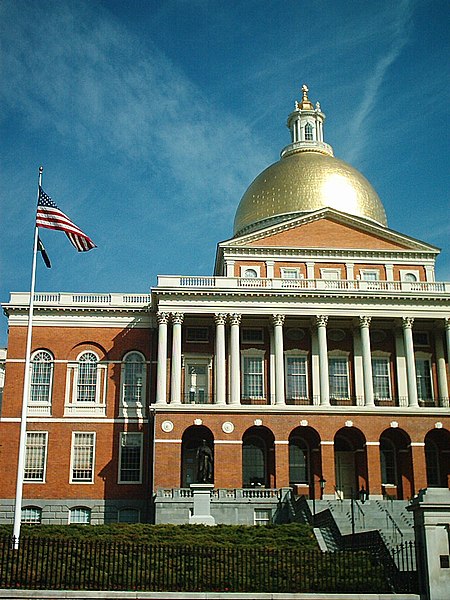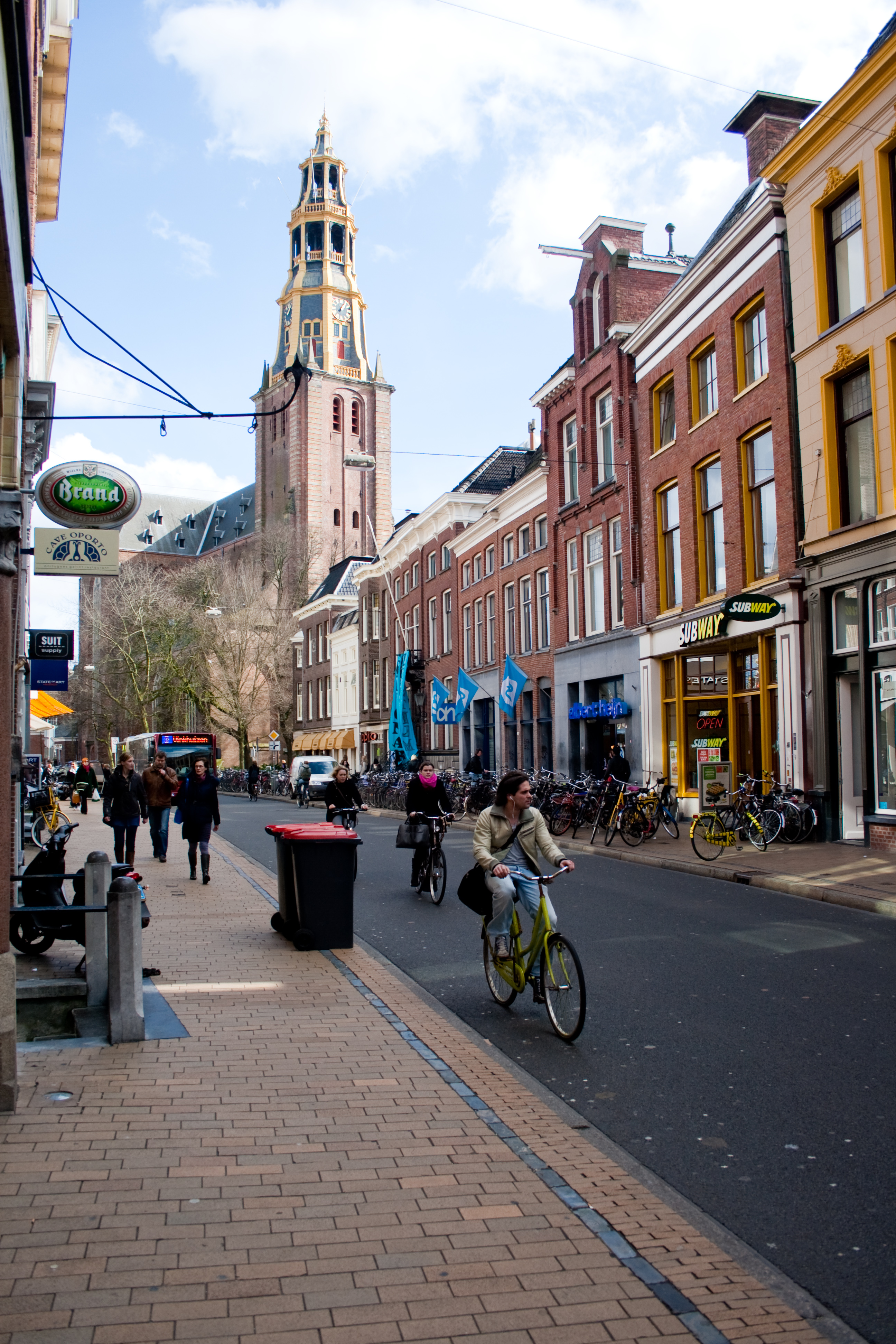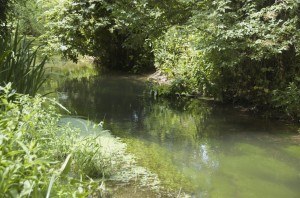A guest blog by one of CEA’s Spring interns, Allison Simon:
 Think back to your first encounter with today’s sustainability movement—what were you introduced to? For many people, including myself, I believe the answer would be the same: Compact Fluorescent Light bulbs (CFLs). These light bulbs represented everything that the sustainability leaders wanted the movement to stand for: ease, cost savings, and little difference to the previous energy guzzling options. The most important aspect about these light bulbs was that they worked—residents started to go out and buy energy efficient light bulbs and began to see a difference in their utility bills. Even though that change may have happened in your home and office years ago, light bulbs are far from passé.
Think back to your first encounter with today’s sustainability movement—what were you introduced to? For many people, including myself, I believe the answer would be the same: Compact Fluorescent Light bulbs (CFLs). These light bulbs represented everything that the sustainability leaders wanted the movement to stand for: ease, cost savings, and little difference to the previous energy guzzling options. The most important aspect about these light bulbs was that they worked—residents started to go out and buy energy efficient light bulbs and began to see a difference in their utility bills. Even though that change may have happened in your home and office years ago, light bulbs are far from passé.
With the addition of Light Emitting Diodes, or LEDs, into the marketplace there is an even more energy efficient light option available. However, LEDs do not get the visibility or attention they deserve—especially when it is undeniable that they are the future of energy efficient lighting. On March 10, Cambridge proudly announced that they were jumping on the LED train—and in a far bigger way than just living rooms and kitchens.
On March 3, the high pressure sodium light fixtures on Inman Street, between Massachusetts Avenue and Broadway, were replaced with LED fixtures. With the help of PB Americas consultant, these new light fixtures are customized for Inman’s sidewalk and street width, while minimizing light exposure on the front lawns of residents. These new lights use almost 50% less energy than their predecessors and match the City’s traffic signals, which have used LEDs since 2003.
Cambridge is onto something great. On April 6, President Obama held a town hall meeting just outside of Philadelphia at a large-scale wind turbine manufacturer to discuss this country’s energy future. Recently, the President proposed an ambitious goal of “generating 80 percent of our electricity from clean energy sources by 2035,” and went to Philadelphia to promote this goal because it is a city on the forefront of energy efficiency. Through the organization Greenworks Philadelphia, the city is in the middle of converting 58,000 yellow and green traffic signals to LEDs while replacing 27,000 LED red lights that have been in use for a number of years. This simple change will save the city approximately “$1 million in electric costs each year,” a number we can all appreciate.
With the new LED fixtures on Inman Street, and all of the other sustainable measures being put into place across the city, Cambridge might be the next stop on President Obama’s campaign to highlight cities who are taking great steps towards energy efficiency. All of this press because lights have continued to play a significant role in energy efficiency in this country—starting to make you rethink those inefficient bulbs still shining in your bedroom, no?










